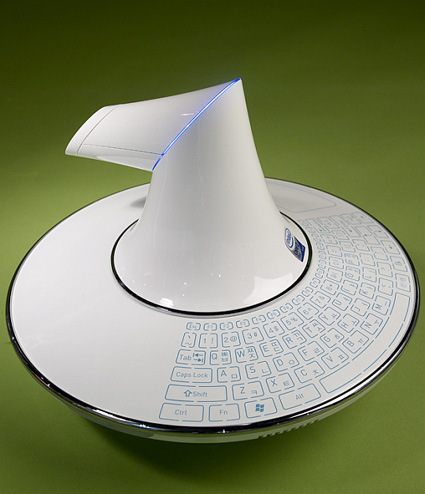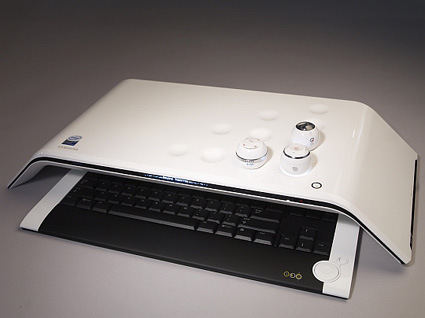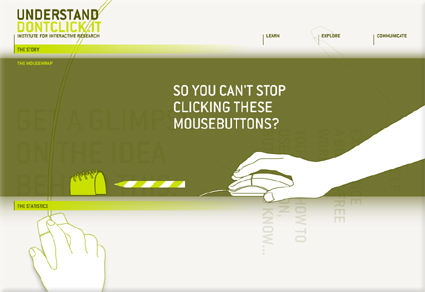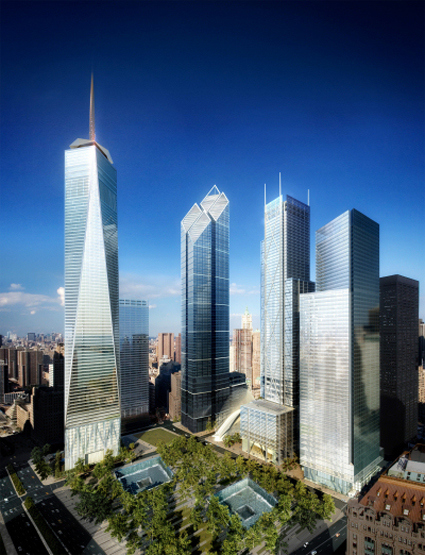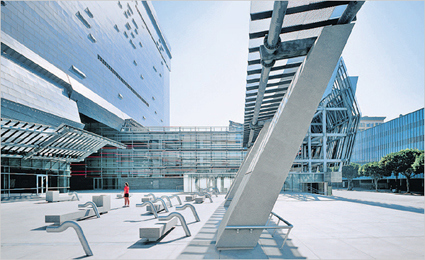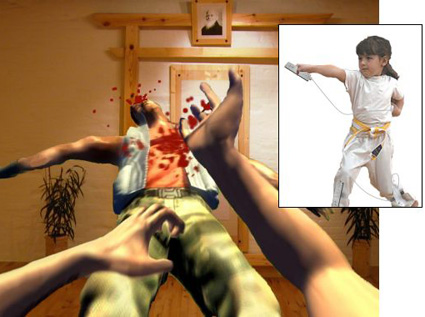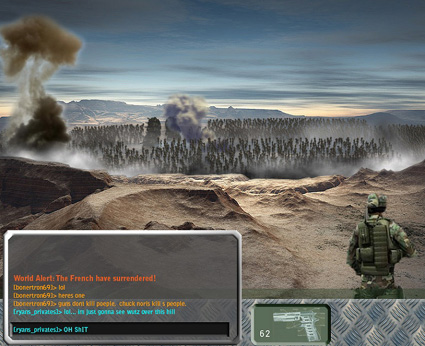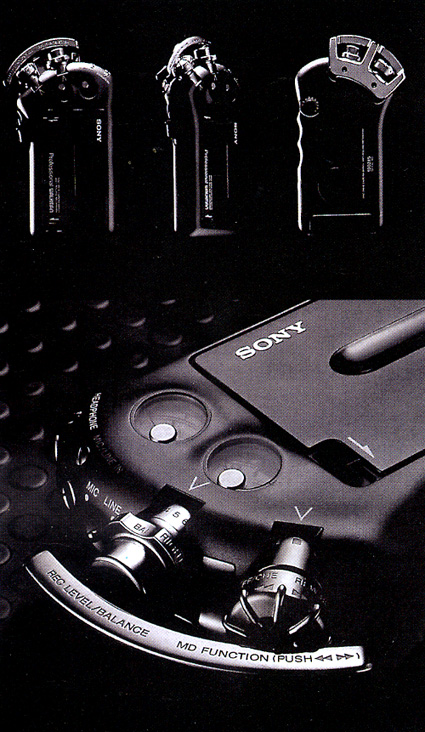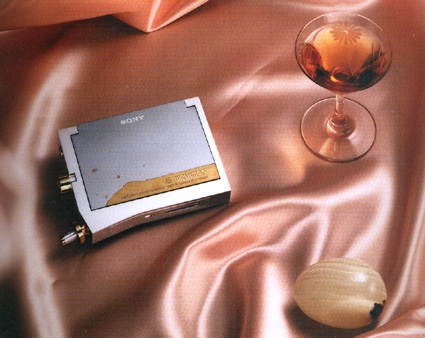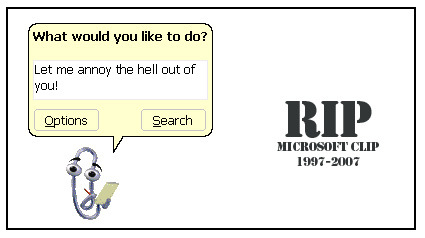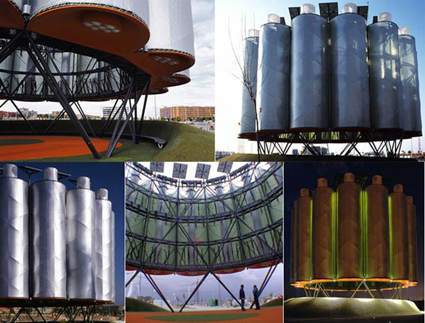A new discovery could make it possible to take a “power nap” at the flick of a switch. Scientists have found a way to turn on deep sleep at will using a machine that magnetically stimulates the brain. A device worn on the head could in squeeze the benefit of eight hours’ sleep into just two or three hours.
A news clipping has reported that scientists have developed a technique – Transcranial Magnetic Stimulation – to induce slow waves through the skull and into the brain, where it activates electrical impulses that are typical of deep sleep. Apparently this could be a form of treatment for insomnia in the future, and could potentially also be used to induce a “Power Nap” that has the benefits of eight hour’s sleep in just a few hours.
The title of that news article reads “Machine Means End to Sleepless Nights”. As far as I see, that may be true for the clinical insomniacs. But I could also see it being used by people who don’t seem to quite have enough hours in a day – lawyers, auditors, office workers (basically everyone) to squeeze in yet another few more hours of work and productivity in place of sleep. It’d really be a slippery slope – if you can have a gadget that eliminates the need for you to sleep, and frees up the sleep-time for you to do whatever you want – would you use it?
In that case, the title should probably be “Machine Means Beginning of Sleepless Nights”.


